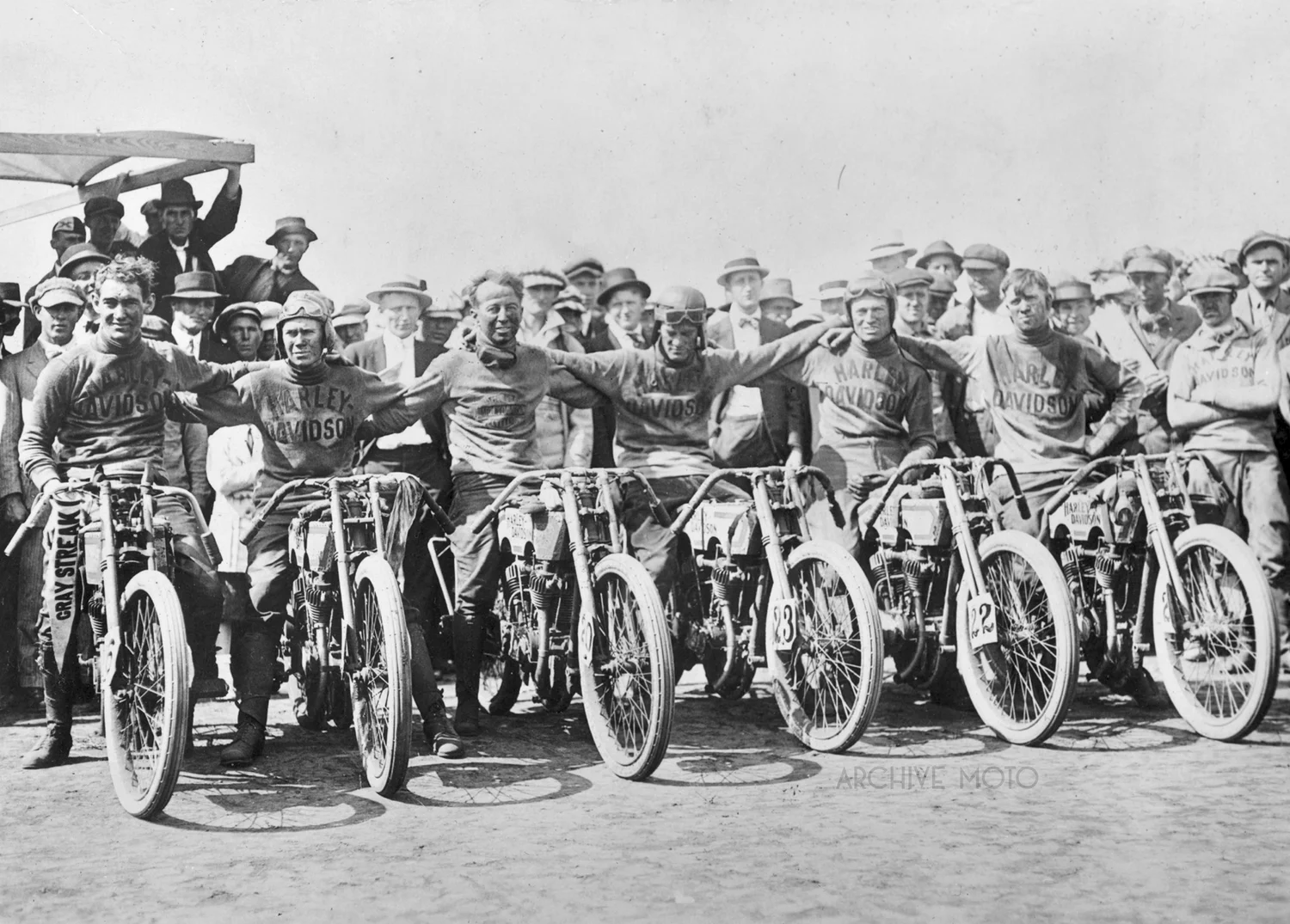Just over 110 years ago, in the summer of 1906, years before the fabled Erwin “Cannonball” Baker began making his legendary transcontinental runs, a veteran rider from Cleveland, OH mounted a 2 1/4 HP Indian single and set off across the country. In a bid to drum up publicity, George Hendee, co-founder and president of Indian Motorcycles enlisted Louis J. Mueller to cross the country on one of Indian’s new machine’s, an attempt to break the standing record of 50 days set by George Wyman in 1902. On August 10th Mueller set out from San Francisco accompanied by Springfield’s George Holden, a fellow racer and the first of Indian's franchised dealers. Holden was brought onboard to ride with Mueller for a few days before boarding a train and acting as a spotter for the trip. Having a reputation as a “rough rider,” reports at the time predicted that Holden would not allow himself to retire from such an adventure and would make the entire trip on two wheels as well. However, after a nasty spill 12 days into the journey which left Holden’s leg injured and his Indian’s frame mangled he reluctantly boarded a train headed for Nebraska, periodically rejoining Mueller for the remainder of the ride. Traveling 3,476 miles over roads and trails that would challenge even today’s most skilled dual sport riders, Mueller arrived in New York just after 9pm on September 12th after only 31 days, 12 hours, and 15 minutes. Not only did Mueller’s time smash the previous transcontinental motorcycle record, but it also beat the standing time made by an automobile as well, making Mueller the fastest man, and Indian the fastest machine to have made it from coast to coast.
Today so many of my friends begin an adventure in that same spirit, a journey which will create a lifetime of happy memories, character-defining challenges, and spawn countless campfire tales for years to come. I wish nothing but the best of luck to the participants of the 2016 Motorcycle Cannonball, a race over the next 3 weeks from Atlantic City, NJ, to Carlsbad, CA, onboard machines built a century ago. Im rooting for you all, especially my AMCA Smoky Mountain Chapter brothers. Good Luck and God Speed my friends.
Here is Louis J. Mueller and George N. Holden at the end of their transcontinental adventure in September, 1906.







